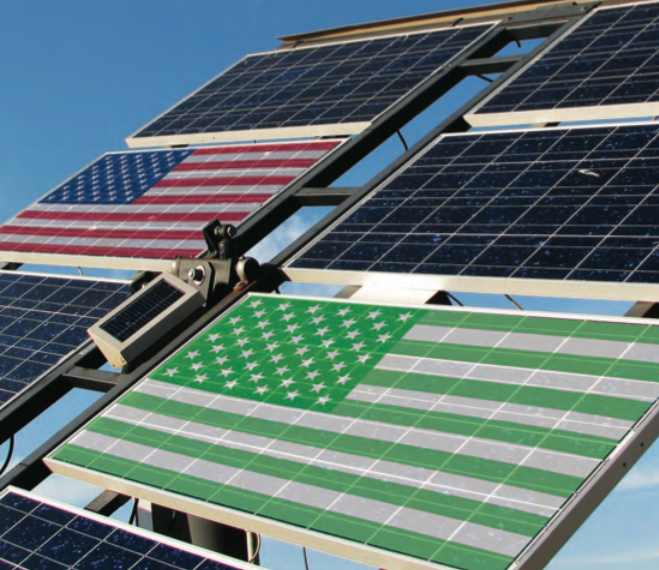SAN FRANCISCO – September 10, 2012 – Clean tech may create a highly partisan debate in Washington D.C., but in the rest of country, it creates jobs. A new report examines the sharp contrasts between political rhetoric and on-the-ground reality, and shows that red states – not blue states – are leading clean tech or “green job” growth.
The report, “Red, White and Green: The True Colors of America’s Clean Tech Jobs” authored by Nancy Pfund, Managing Partner, DBL Investors and Michael Lazar, a Yale University graduate student, demonstrates the growing importance of the clean tech industry in both red and blue states, and especially in swing states. In the 10 states where clean tech jobs are growing the most rapidly, eight are split evenly between decisively Republican states and swing states. Smaller, red states also tend to lead in overall clean tech job growth as a percentage of the overall workforce. Further, a surprising number of party-leading Republican governors have embraced clean tech as a source of well paying jobs, often in manufacturing, as part of the overall economic development efforts for their states.
Among the report’s key findings:
- Red states lead in the rate of clean tech job growth with the most dramatic growth in smaller (by population), redder states. The top four states, Alaska (R), North Dakota (R), Wyoming (R) and Hawaii (D) have shown an average increase of approximately 66 percent in green job growth from 2003–2010.
- Red states lead in the top ten states with the largest share of green jobs as a percentage of total jobs, with clean tech jobs accounting for an average of approximately 2.5 percent of the workforce.
- In this election cycle, seven of the top 17 fastest growing clean tech states are swing states.
- Coal mining directly employs 136,000 people in the United States. However, three states all by themselves each have more clean tech workers than all the coal mining workers in the USA.
- Republican Governors Haley Barbour (Mississippi), Sam Brownback (Kansas), Chris Christie (New Jersey), Bobby Jindal (Louisiana), and Rick Perry (Texas) have championed clean tech efforts in their states.
- Discussion of three key state and federal policies that are required for the clean tech economy to continue its growth.
“Outside of Washington DC, there is no controversy about the impact of the clean tech economy and its ability to generate jobs. Governors in red and blue states alike are working to attract and build clean tech businesses because they know the positive benefits these companies can bring for economic development and job growth. As a result, politicians who play political football with clean tech increasingly do so at their own risk, while those that promote green job growth score big points with voters and workers alike,” said Nancy Pfund.
Editors note: The report is co-authored by Nancy Pfund, Managing Partner, DBL Investors, a double bottom line venture capital firm based in San Francisco, and Michael Lazar, an MBA candidate at the Yale School of Management and a Summer Associate at DBL Investors. Pfund is also the co-author of “What Would Jefferson Do? The Historical Role of Federal Subsidies in Shaping America’s Energy Future,” a 2011 analysis of U.S. energy incentives.
Contact:
Christine Hinton
521 Communications
415.939.0139
Originally published: http://www.dblinvestors.com/2012/09/red-white-and-green/
